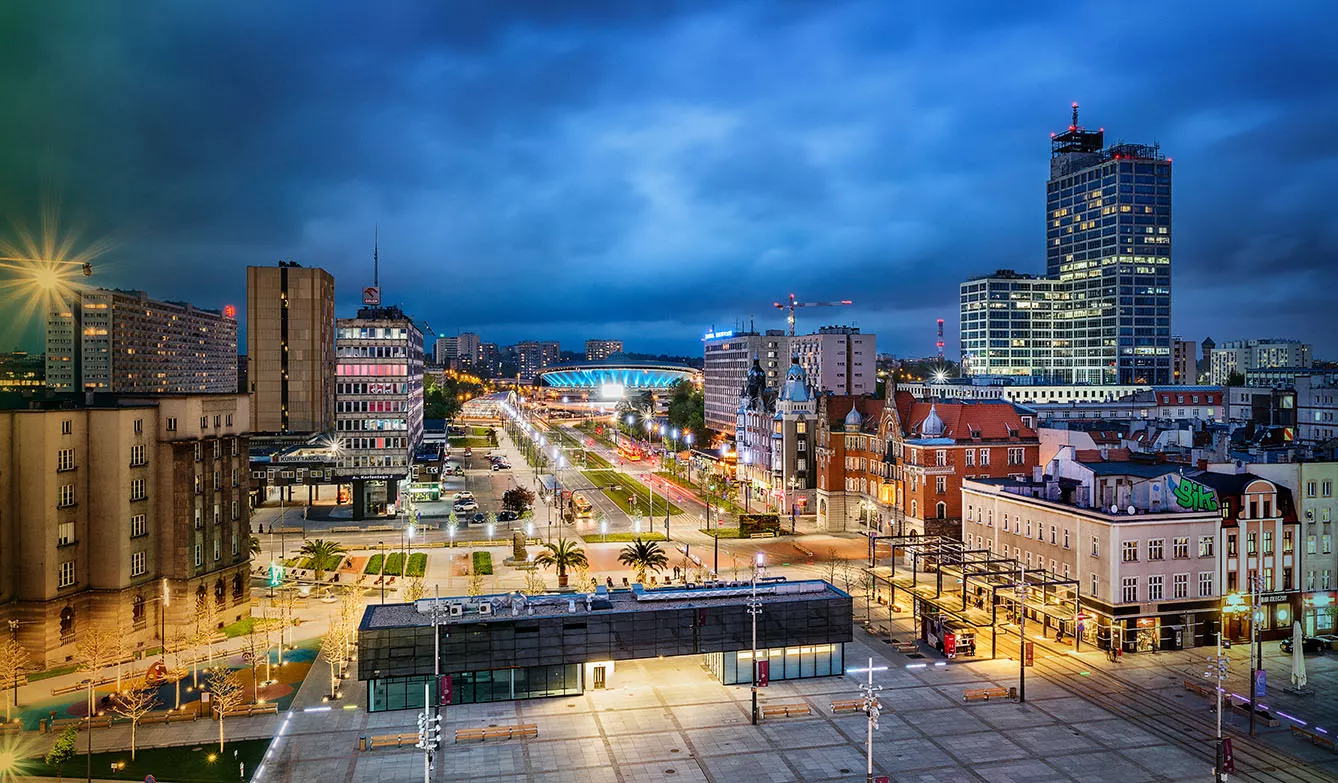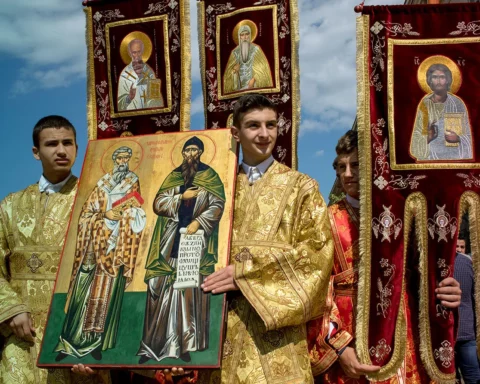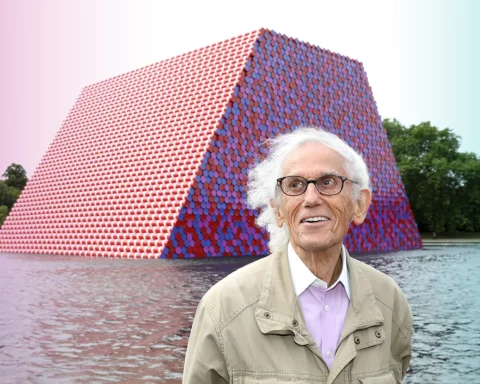Warsaw, with less than 2 million official inhabitants and over 50 thousand hectares of area, is by far the largest city in Poland. Yet, it’s not the largest urban area in the country. The Silesian conglomeration of 19 cities is 10% more populated, three times larger, and spans across the entire voivodship.
Why the comparison? Well, technically, the Silesian Metropolis is a conurbation, which means that the cities it gathers are all independently governed and are joined by cooperation on a larger scale. Practically, however, you can only tell which city you are in if you manage to notice a sign by the road telling you you have just crossed over one city’s border to another.
The trickiness of spatial organization in that area can be illustrated with an anecdote. Martial law, declared by the Communist government in December 1981, was aimed at suppressing civil revolts, and citizens were obliged to have permission to leave the area of their cities. For the Silesian Conurbation, this meant that, technically, you could be prosecuted for crossing the street!
Silesian Conurbation: do good fences make good neighbors?
A lot has changed since, and cities enjoy the benefits of such tight neighborhoods rather than feeling constrained. Discussion about strengthening formal integration recurs every now and then, together with changing political and social backgrounds.
Among social arguments for forming stronger Silesian Conurbation is the history of Silesia. The area, divided administratively into Upper and Lower Silesia (where Katowice is the largest city of the Silesian Conurbation, and Wrocław has the most importance), is a region with a colorful history of its own.

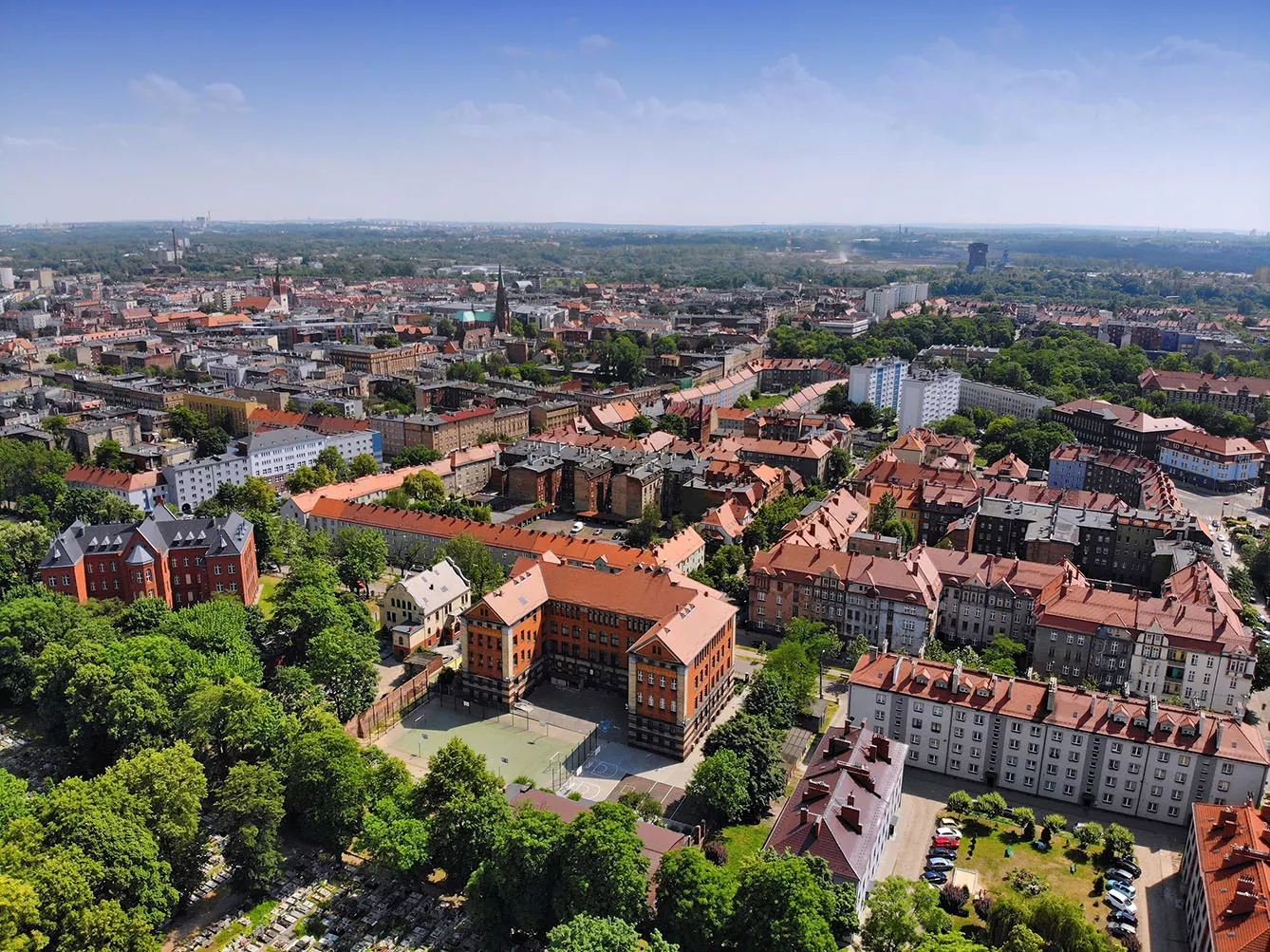
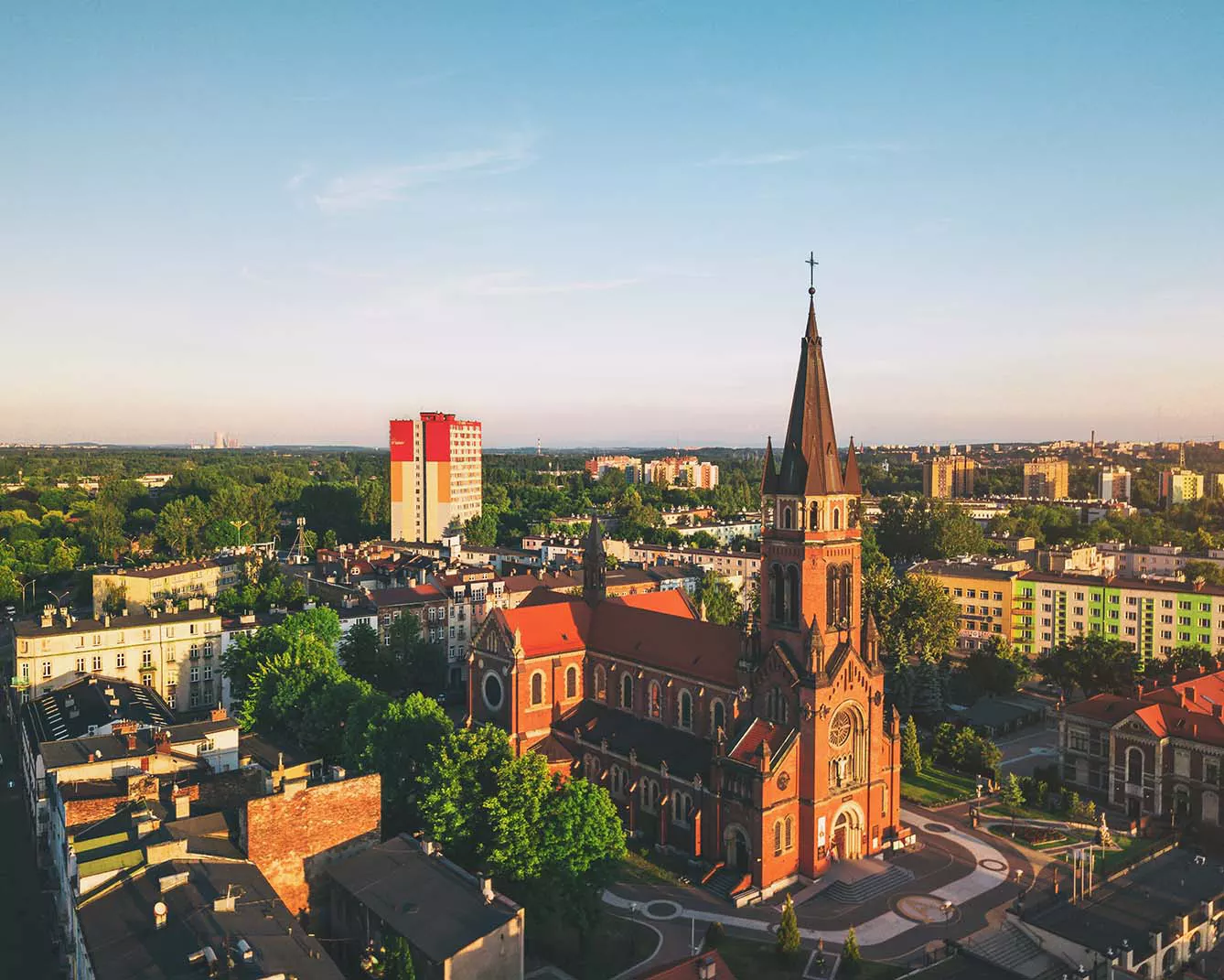

Currently a prominent part of Poland, it was historically an independent land with a strong connection to Germany and visibly, in cultural terms, adjacent to Czechia. On the other hand, the two largest cities of the Silesian Conurbation, Katowice and Sosnowiec, belonged to Germany and Poland before the Second World War, respectively. This shows that not all the cities forming the metropolis are even considered Silesian by their inhabitants.
These two largest cities are a significant but far from a dominant chunk of the Conurbation. In terms of population, Katowice has 300 thousand citizens, and Sosnowiec has 200 thousand. They are followed by Gliwice, Zabrze, Bytom, Ruda Śląska, Tychy, Dąbrowa Górnicza and Chorzów, all of which are populated by over 100 thousand citizens. The city with the lowest population is Czeladź, with as ‘little’ as 30 thousand citizens, making it the smallest of the ten cities.
The suggestive power of coal
Any Pole, who lives in areas other than Silesia, will tell you that coal is their (from first association with the region. The mining landscape dominates the Silesian Conurbation. Some of them are still active, while others are becoming museums or are being repurposed in some other way.
The industry (coal, ironworks, and factories) is the reason for forming the Silesian Conurbation. Developed in the late 18th century, the cities constantly expanded for over two centuries to the point they could not grow any further – their borders had already joined.
Over 2.1 million people currently inhabit the area. However, some reports count it more liberally, including other cities, arriving at numbers of over 4 million inhabitants. With Katowice in its center, it is a vital and colorful area that hosts many international events – both business and cultural. On its own, however, Katowice barely makes the list of the top ten Polish largest cities, with its 300 thousand inhabitants. Still, it has the opinion of being one of the largest metropolises in the country.


